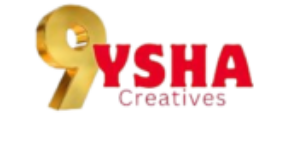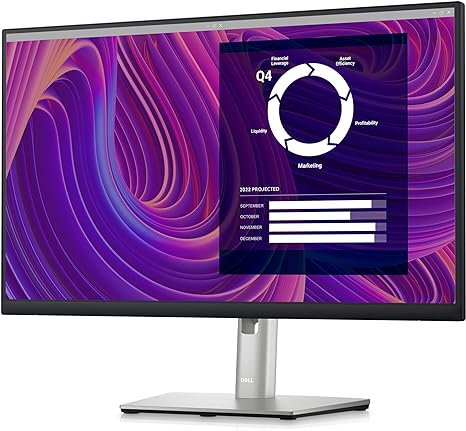In decision-making and problem-solving, the balance between precision and latitude often determines the success of a strategy. Precision emphasizes strict adherence to details, ensuring accuracy and minimizing errors, which is crucial in fields like engineering, medicine, and finance. However, excessive focus on precision can sometimes stifle creativity and limit adaptability in dynamic environments. Latitude, on the other hand, promotes flexibility and open-mindedness, enabling individuals or teams to adjust quickly to unforeseen changes or explore innovative solutions. Striking the right balance between these two approaches is essential. While precision ensures reliability and consistency, latitude fosters innovation and resilience. Together, they create a framework where accuracy and adaptability coexist, allowing for effective responses to both structured and unpredictable challenges.

Understanding Precision and Latitude
Precision refers to the consistency, exactness, and repeatability of measurements, processes, or outcomes. It emphasizes minimizing errors and adhering to strict standards.
Latitude involves flexibility, adaptability, and the allowance for variation. It prioritizes creativity, contextual adjustments, and accommodating diverse scenarios.
Key Differences Between Precision and Latitude Select your best one
Focus: Accuracy vs. Adaptability
- Precision prioritizes accuracy and consistency. It emphasizes minimizing deviations to achieve exact, repeatable outcomes.
- Example: In pharmaceutical manufacturing, precision ensures each pill contains the exact drug dosage.
- Latitude focuses on adaptability and flexibility. It allows adjustments based on context, even if outcomes vary.
- Example: A marketing team might pivot strategies mid-campaign to align with shifting consumer trends.
Applications: Industry-Specific Relevance
- Precision is critical in fields where errors have severe consequences:
- Engineering: Ensures machinery parts fit perfectly (e.g., aerospace components).
- Medicine: Guarantees accurate diagnoses (e.g., MRI scan interpretations).
- Data Science: Relies on algorithmic consistency (e.g., fraud detection systems).
- Latitude thrives in environments requiring creativity or rapid adjustments:
- Creative Industries: Allows artists to experiment with styles (e.g., abstract painting).
- Strategic Planning: Enables businesses to revise goals amid market volatility.
- Dynamic Environments: Supports crisis managers adapting to unforeseen events (e.g., natural disasters).
Measurement: Quantifiable vs. Qualitative
- Precision uses quantifiable metrics for objective evaluation:
- Numerical thresholds (e.g., machine calibration within ±0.01mm).
- Statistical validation (e.g., clinical trial success rates).
- Latitude relies on qualitative judgment:
- Subjective assessments (e.g., evaluating the emotional impact of a design).
- Contextual intuition (e.g., a leader adjusting team roles based on workflow dynamics).
Why These Differences Matter
- Precision ensures safety and reliability in high-stakes scenarios but may hinder innovation.
- Latitude fosters creativity and agility but risks inconsistency in structured settings.
- Balance: Combining both approaches (e.g., using precise data to inform flexible strategies) optimizes outcomes across industries.
By understanding these distinctions, professionals can tailor their methods to align with project goals, risks, and industry demands.
Here are some Pros and Cons of Precision
Pros of Precision
- High Reliability
- Ensures repeatability in critical fields like pharmaceuticals (e.g., drug dosage accuracy).
- Enhanced Quality Control
- Reduces defects in manufacturing (e.g., automotive parts fitting perfectly).
- Regulatory Compliance
- Meets strict standards in industries like aerospace (e.g., FAA regulations).
- Data-Driven Decisions
- Supports scientific research with statistically valid results.
Cons of Precision
- Inflexibility
- Struggles in unpredictable scenarios (e.g., rapid market shifts).
- High Costs
- Requires specialized tools and skilled personnel, increasing expenses.
- Over-Optimization Risk
- Wastes resources on marginal improvements (e.g., “perfecting” non-critical features).
- Slower Processes
- Rigorous checks delay outcomes (e.g., lengthy clinical trials).
Pros and Cons of Latitude
Pros of Latitude
- Agility in Decision-Making
- Enables quick pivots in startups (e.g., adapting a product based on user feedback).
- Fosters Innovation
- Allows experimentation in tech R&D (e.g., testing bold AI concepts).
- Context-Specific Solutions
- Tailors strategies to unique challenges (e.g., customized marketing campaigns).
- Reduced Bureaucracy
- Streamlines workflows by avoiding rigid hierarchies.
Cons of Latitude
- Inconsistent Outcomes
- May produce variable results (e.g., uneven quality in handcrafted goods).
- Ambiguity in Guidelines
- Lack of structure can confuse teams (e.g., unclear project roles).
- Higher Error Rates
- Flexibility increases oversight risks (e.g., missed deadlines in agile projects).
- Difficulty in Scaling
- Informal processes struggle in large organizations (e.g., lack of SOPs).
Conclusion: Achieving the Optimal Balance of Dell Range
Precision and latitude are not mutually exclusive but context-dependent.
Strategic Recommendations
- Hybrid Approaches: Use precision for safety-critical tasks (e.g., structural engineering) and latitude for innovation (e.g., product design).
- Risk Assessment: Apply precision where errors are costly (e.g., healthcare) and latitude in low-risk, high-reward scenarios (e.g., creative industries).
- Industry Alignment:
- Precision-Driven Fields: Medicine, aviation, legal compliance.
- Latitude-Driven Fields: Entrepreneurship, arts, strategic consulting.
By leveraging precision’s rigor and latitude’s adaptability, organizations can enhance efficiency while staying resilient in evolving landscapes.

